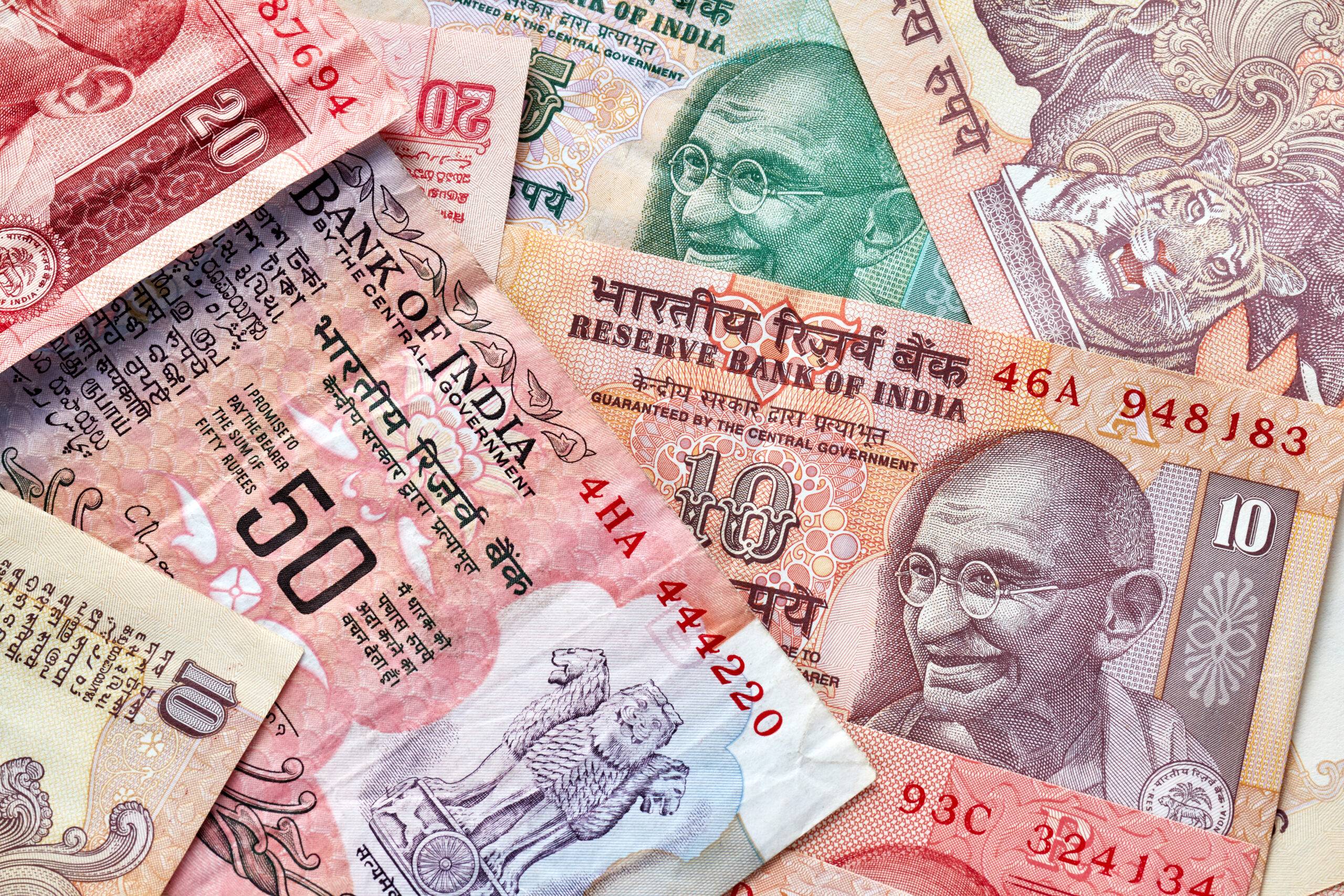Indian rupee registers its worst day on Wednesday, experiencing its most significant single-day loss in nearly two months. The currency succumbed to pressure from a weak risk appetite and heightened dollar demand from importers. At the close of the trading day, the Indian rupee settled at 82.5825 against the dollar, compared to the previous day’s rate of 82.2550.
During intraday trading, the rupee dipped even further to 82.6150 as some state-run banks engaged in dollar buying, presumably on behalf of importers, according to reports from three traders cited by Reuters. The Indian rupee’s downward trajectory was influenced by possible equity-related foreign outflows, which pushed the currency closer to a critical support level of 82.60. As investors weighed the potential impact of Fitch Ratings’ recent downgrade of the U.S. long-term foreign currency ratings to AA+ from AAA, the overall risk appetite in the region weakened.
Indian Rupee Registers Its Worst Day in Two Months
Fitch’s decision to downgrade the U.S. long-term foreign currency ratings to AA+ from AAA raised concerns in the global financial landscape. This move reflected the rating agency’s apprehension about the anticipated fiscal deterioration over the next three years and the repeated down-to-the-wire debt ceiling negotiations in the United States. Despite the downgrade, the immediate slide in risk assets and the dollar index’s resilience indicated that the impact on the rupee was relatively muted. History has shown that risk assets could appreciate in the months and years following previous downgrades, providing some relief to investors.
The Potential Implications of Fitch’s Downgrade
Analysts and traders in the currency market remained watchful, assessing the potential implications of the downgrade on the U.S. Treasury market. Interestingly, the downgrade did not significantly impact U.S. Treasuries, which alleviated concerns and offered some stability to the rupee and other Asian currencies. As Asian equities experienced a decline and currencies weakened, the Korean won slipped 1% against the dollar, adding to the pressures faced by regional currencies.
The RBI’s Response and Currency Stability
In response to the rupee’s challenges, the Reserve Bank of India (RBI) kept a close eye on the currency’s performance. Arnob Biswas, the FX research head at SMC Global, opined that the RBI might not intervene significantly at present levels. The central bank might adopt a cautious approach and wait for appropriate opportunities to align oil prices and other global factors before offloading dollars to prevent further depreciation of the rupee.
Outlook and Trading Range
Looking ahead, analysts expect the rupee’s trading range to shift within 82.00 to 83.50 in the coming weeks, indicating potential fluctuations and uncertainties in the currency’s value. The central bank’s strategic decisions and interventions will play a pivotal role in maintaining currency stability amidst evolving global financial conditions. As global factors continue to influence the currency market, market participants will keep a keen eye on domestic and international developments that could impact the rupee’s resilience and its implications on currency trends in the region.
Global Factors and Indian Economic Indicators
The global financial landscape remains dynamic, shaped by economic indicators, geopolitical events, and central bank decisions. In this context, currencies play a crucial role in determining the overall market sentiment. One of the key instruments to gauge the US Dollar’s strength and its performance against a basket of major currencies is the Dollar Index (DXY). Despite the challenges posed by Fitch’s downgrade, the Dollar Index remained relatively resilient, continuing its upward trajectory. The rupee’s vulnerability to global factors emphasizes the importance of closely monitoring international events that impact the Indian economy.
Indian Economic Indicators and Currency Trends
As the Indian economy seeks to recover from the impacts of the COVID-19 pandemic, currency trends become closely intertwined with domestic economic indicators. The RBI’s strategic decisions regarding currency intervention and global factors like the U.S. Treasury market can have a profound impact on the rupee’s value. As the rupee navigates through market dynamics, investors and traders will focus on key economic indicators like GDP growth, inflation rates, and trade balances to assess the currency’s resilience and potential outlook.
Conclusion
The Indian rupee’s recent challenging day, experiencing its most significant single-day loss in nearly two months, highlights the currency’s vulnerability to global factors and importers’ demand for dollars. The impact of Fitch Ratings’ downgrade on the U.S. long-term foreign currency ratings had a relatively muted effect on U.S. Treasuries, offering some relief to the rupee and Asian currencies.
As the Reserve Bank of India (RBI) monitors the rupee’s performance and cautiously intervenes in the currency market, market participants will closely watch domestic and international developments that could impact the currency’s resilience and its implications on currency trends in the region. Amidst evolving global financial conditions, understanding and assessing the potential effects of international events on the Indian economy become crucial for investors and traders in navigating currency dynamics effectively.
Click here to read our latest article on Dollar Index Resilient Despite Ratings Downgrade

